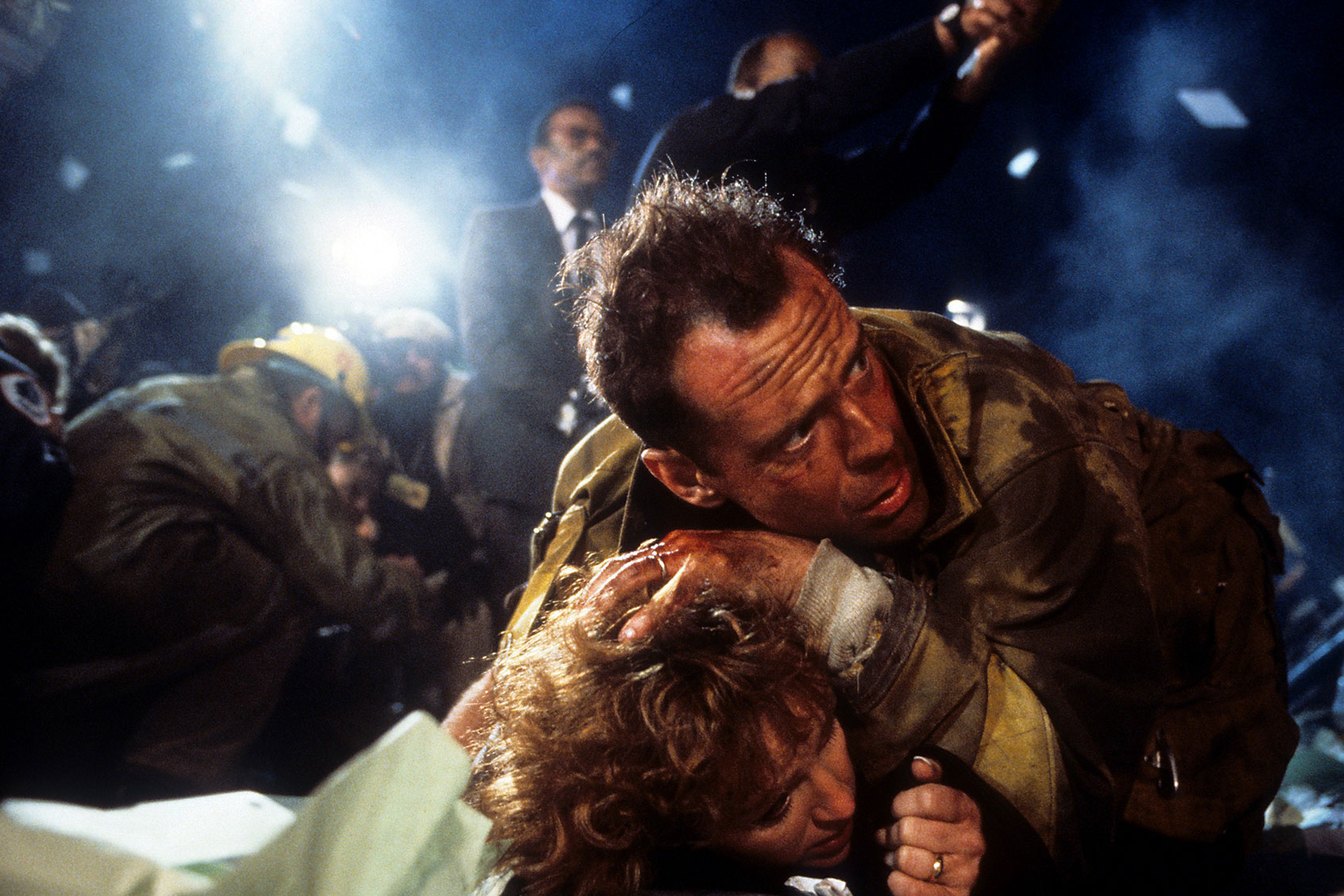Every great action heist movie has good guys, bad guys and a target. Sometimes, the target is a priceless antique. Often, it’s a huge chunk of cash. And every once in a while, you’ll come across a movie that features bearer bonds as the mark of choice.
And, unless you’re a finance expert, you may not even know what bearer bonds are, how they work or why they’re such a great thing to steal.
What is a bearer bond?
First, let’s briefly define what a bond is. When a company or government entity wants to raise money it may issue bonds that consumers can buy. There are two broad categories of bonds: registered bonds, which still exist today, and bearer bonds.
Registered bonds have information about the owner, ensuring that they are trackable. On the other hand, bearer bonds are anonymous and have no information about the owner.
“Government bonds were the most lasting form of bearer bonds,” said financial planner Joshua Knauss, CFP of Omniwealth Group. “Corporations stopped issuing them in the '60s.”
Bonds have maturity dates, which means you can cash them in and get your principal back. If you had a government bearer bond, you simply had to visit a bank or credit union and cash it in. Corporate bearer bonds, however, would require redemption from the corporation itself. Some bearer bonds also had coupons.
“As the holder of the bond, you would clip the coupons and turn them in for the interest payment and then upon maturity, you would turn the bond in for the stated amount,” said financial planner Amy Greene LoCascio, co-founder and managing partner of Eamon Capital Management.
What makes bearer bonds so unique?
Bearer bonds were unique because they were unregistered and there was no record of who bought and sold them. As long as you physically had the bearer bond in your possession, it was yours.
We need your help to stay independent
This made them a perfect target and tool for criminals.
“They were great tools for money laundering,” Knauss said. “You could buy bonds, and no one would ask who they belong to or someone could buy them and just give them to you. You could just exchange them anonymously.”
This also made them easy and tempting to steal. If you lost your bearer bond or if it was stolen, you had no recourse – unless you could prove that it had been stolen. It was the same as if you had just had a wallet full of cash stolen.
Why are bearer bonds in so many movies?
If you’re a fan of action movies, you’ve probably seen bearer bonds, even if you haven’t really noticed them.
If you’re a fan of action movies, you’ve probably seen bearer bonds, even if you haven’t really noticed them.
In “Beverly Hills Cop,” Axel’s childhood friend Mikey is killed because he steals a handful of bearer bonds from his criminal employer (German bearer bonds, specifically). In “Die Hard,” Hans Gruber and his cohorts try to steal about $600 million in bearer bonds from the Nakatomi Corporation. And in “Heat,” Robert De Niro’s crew steals more than $1 million in bearer bonds from an armored van, ignoring the loose cash in the vehicle.
Action movies — especially heist movies — often need an easy target for the criminals, something that makes sense to the viewer. That’s why diamonds, gold and plain ol’ cash are so popular.
And bearer bonds were just another in this series of popular tropes, one that’s become less popular as these bonds have been phased out.
“Drugs were used so often, we were all looking for something else that could be worth a lot of money that’s also portable,” said “Beverly Hills Cop” screenwriter Daniel Petrie Jr.
In short, bearer bonds were much more efficient to carry. They came in a wide variety of denominations, from as low as $500 to as much as $1 million. So even a regular, inconspicuous briefcase could hold millions of dollars in bonds. All these qualities made them a popular choice for action movies.
“Bearer bonds could be for any amount, and you could put a sh*tload in an attaché case,” said “Die Hard” screenwriter Steven E. de Souza.
Plus, action movies need an easy target that viewers can understand. Back then, everyone knew what bearer bonds were, so you didn’t have to go into a long-winded explanation for why people wanted to steal them. They were also more interesting to look at than regular cash, often containing beautiful engraving or gold embossing.
“It made them look like money or more like stock certificates, which people were more familiar with back in the day,” Petrie Jr. said.
Or as de Souza says, “They’re very photogenic.”
Why did bearer bonds disappear?
It might sound obvious, but bearer bonds were increasingly used in money laundering and other criminal activities, so the government stopped issuing them in the 1980s. Nowadays, you’re unlikely to find them in the wild.
“They are virtually nonexistent now thanks to technology and ownership tracking mechanisms,” LoCascio said.
This is good news for law-abiding citizens. It’s much safer to own a security that has an ownership record instead of one that simply follows the “finders, keepers” rule.
So as John McClane, the hero of “Die Hard” would say, happy trails, bearer bonds.
Read more
about personal finance


